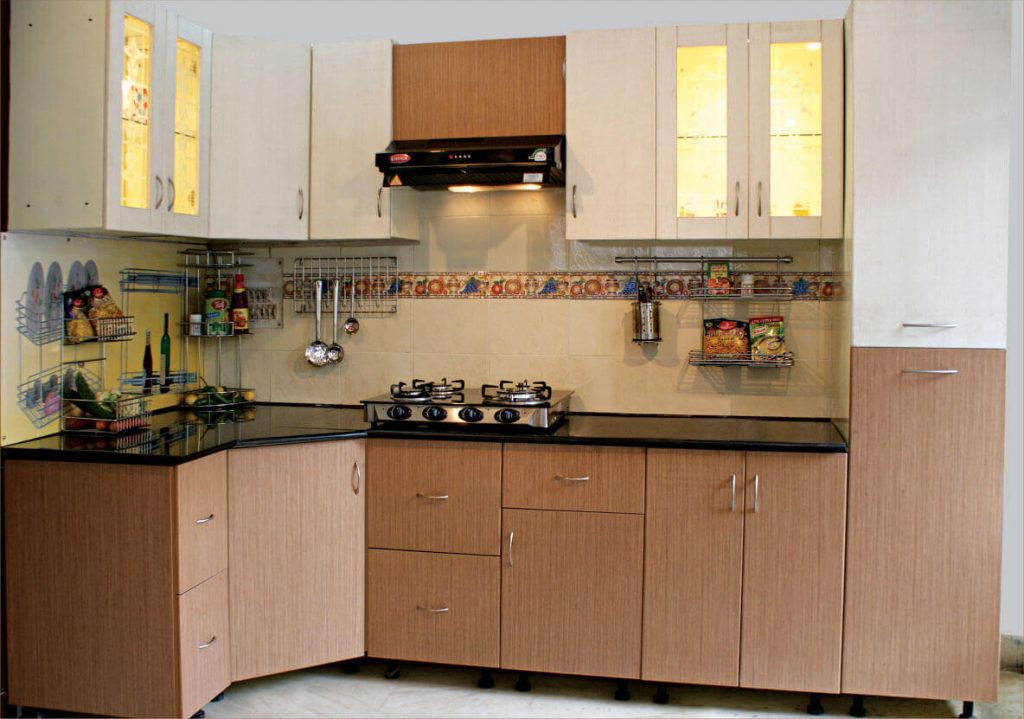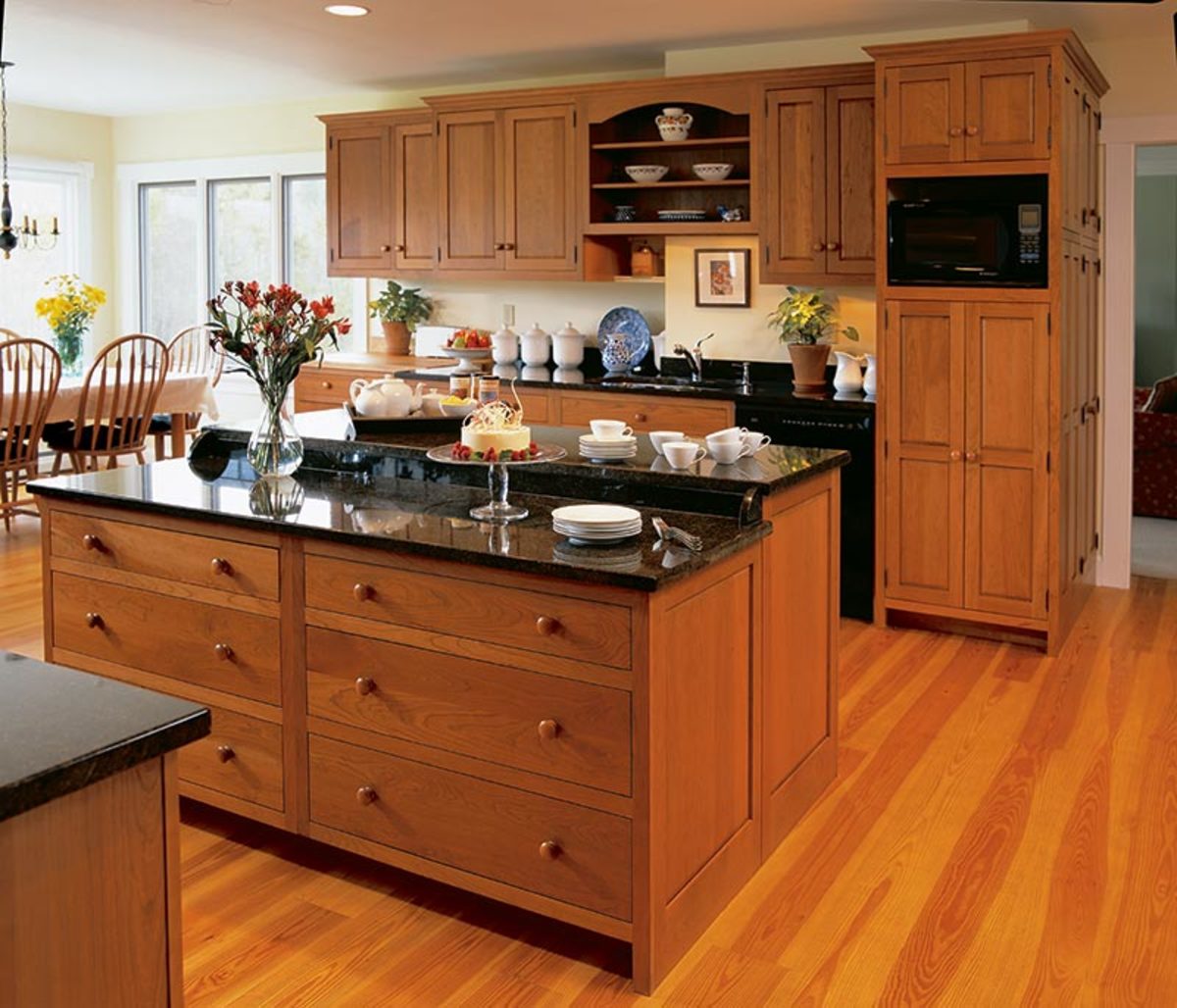Kitchen Cabinet Box Design Fundamentals
The foundation of any well-designed kitchen lies in the sturdy and functional cabinet boxes that hold its contents. Understanding the key components, materials, and construction techniques is crucial for creating cabinets that are both aesthetically pleasing and durable.
Essential Components
The basic components of a kitchen cabinet box are:
- Frame: This forms the structural base of the cabinet box. It provides support for the panels and serves as the attachment point for doors, drawers, and other hardware.
- Panels: These are the flat surfaces that make up the sides, top, and bottom of the cabinet box. They can be made of various materials and are typically covered with a decorative finish.
- Hardware: This includes hinges, drawer slides, shelf supports, and other components that facilitate the functionality of the cabinet. The choice of hardware influences the ease of use and overall performance of the cabinet.
Materials
The choice of materials for kitchen cabinet boxes is a critical decision that impacts durability, aesthetics, and cost. Here are some commonly used materials:
- Plywood: This is a popular choice due to its strength, stability, and affordability. It is made by layering thin sheets of wood veneer with alternating grain directions, creating a robust and dimensionally stable material.
- Medium-density fiberboard (MDF): This is a manufactured wood product made from wood fibers that are bound together with resin. It is known for its smooth surface and affordability but can be susceptible to moisture damage.
- Particleboard: This is another manufactured wood product made from wood chips or sawdust that are glued together. It is typically less expensive than plywood or MDF but has lower strength and stability.
- Solid wood: This is a premium choice that offers a natural look and high durability. However, it can be more expensive and susceptible to warping and moisture damage.
Construction Techniques
There are several common construction techniques for kitchen cabinet boxes:
- Face frame: This traditional method uses a frame made of solid wood or plywood that is attached to the cabinet panels. It provides a sturdy and robust construction but can be more expensive and visually bulky.
- Frameless: This modern technique eliminates the traditional frame and relies on a system of clips and concealed hinges to attach the cabinet panels. It offers a sleek and minimalist look but may require more precise measurements and installation.
- Euro-style: This is a variation of the frameless design that uses specialized hinges and a system of adjustable shelves. It is known for its sleek appearance and high functionality.
Cabinet Box Design Example
| Dimension | Material | Construction Details |
|---|---|---|
| Width: 30 inches | 1/2 inch plywood | Face frame construction with 1 1/2 inch solid wood frame |
| Depth: 24 inches | 1/2 inch plywood | |
| Height: 36 inches | 1/2 inch plywood | |
| Shelf: 1/2 inch plywood | Two adjustable shelves with shelf supports | |
| Doors: 1/2 inch plywood | Two doors with full overlay hinges |
Kitchen Cabinet Box Design Considerations

Designing kitchen cabinet boxes goes beyond aesthetics; it’s about functionality, efficiency, and user experience. Understanding the factors that influence cabinet box design is crucial for creating a kitchen that meets your needs and enhances your daily routine.
Cabinet Size and Functionality, Kitchen cabinet box design
The size of your kitchen cabinet boxes directly impacts their functionality. Consider the intended use of each cabinet and the items you’ll store within. For example, a deep cabinet for storing pots and pans will differ significantly from a shallow cabinet for dishes.
- Depth: Deep cabinets are ideal for storing bulky items like pots, pans, and appliances. However, they can be challenging to access items in the back. Shallow cabinets are easier to access but offer less storage space.
- Width: The width of your cabinets depends on the available space and the layout of your kitchen. Consider the width of your appliances and countertops when determining the width of your cabinets.
- Height: Cabinet height should be determined based on the user’s height and the intended use. Upper cabinets should be easily accessible, while lower cabinets can be taller to maximize storage space.
Designing for Specific Kitchen Tasks
Cabinet design should be tailored to the specific tasks they will support. For example, cabinets near the stove should be designed for easy access to cooking utensils, while cabinets near the sink should be designed for cleaning supplies and dish storage.
- Cooking: Cabinets near the stove should have pull-out shelves or drawers for easy access to pots, pans, and cooking utensils. Consider a spice rack or a dedicated drawer for frequently used spices.
- Cleaning: Cabinets near the sink should be designed for storing cleaning supplies, dish towels, and dishware. Consider a pull-out trash can or a dedicated drawer for recycling.
- Storage: Cabinets for general storage should be designed for maximizing space and organization. Consider using adjustable shelves, dividers, and pull-out baskets to create a system that works for you.
Ergonomics in Kitchen Cabinet Design
Ergonomics plays a crucial role in kitchen cabinet design, ensuring user comfort and accessibility. Consider the following factors:
- Accessibility: Ensure that all cabinets are easily accessible, regardless of height. Consider using pull-out shelves, drawers, and lift systems for upper cabinets.
- Reach: Design cabinets with a comfortable reach for all users. Upper cabinets should be positioned at a height that allows for easy access without straining.
- Movement: Consider the flow of movement in your kitchen and design cabinets that allow for easy navigation and access to all areas.
Maximizing Storage Space and Organization
Smart cabinet design can maximize storage space and keep your kitchen organized. Consider these approaches:
- Vertical Storage: Utilize vertical space by using tall cabinets and shelves. This allows you to store more items in a smaller footprint.
- Pull-Out Shelves and Drawers: These features allow for easy access to items stored in the back of cabinets. They also provide a more organized and efficient way to store items.
- Dividers and Baskets: Using dividers and baskets within cabinets helps to create separate compartments for different items, making it easier to find what you need.
Advanced Kitchen Cabinet Box Design Techniques

Taking your kitchen cabinet design skills to the next level involves mastering advanced techniques that go beyond basic box construction. This includes creating custom-sized cabinets to fit unique kitchen layouts, integrating specialized features, and incorporating sustainable practices.
Designing Custom-Sized Cabinet Boxes
Designing custom-sized cabinet boxes allows you to maximize space utilization in kitchens with unique layouts. This involves meticulous measurements, precise calculations, and an understanding of the interplay between cabinet dimensions and the overall kitchen design.
- Accurate Measurements: Begin by taking precise measurements of the available space. This includes wall dimensions, countertop depth, and any existing features that may influence cabinet placement. Consider using a laser measuring tool for greater accuracy.
- Space Optimization: Once you have the measurements, consider the functionality and desired storage capacity. Analyze the kitchen layout to determine the optimal placement and size of each cabinet. For example, a narrow cabinet might be ideal for a tight corner space, while a wider cabinet can accommodate larger appliances or pantry items.
- Custom Design Software: Utilizing specialized design software can simplify the process. These programs allow you to create virtual models of your kitchen, experiment with different cabinet configurations, and adjust dimensions to ensure a perfect fit.
- Professional Consultation: If you’re unsure about the design process, consider consulting with a professional kitchen designer. They can provide expert advice and create custom plans tailored to your specific needs.
Designing Cabinet Boxes with Integrated Features
Integrating features like pull-out drawers, spice racks, and lazy susans enhances functionality and organization within kitchen cabinets. These features can be seamlessly incorporated into the design, creating a customized storage solution that caters to specific needs.
- Pull-Out Drawers: Pull-out drawers provide easy access to items stored in the back of cabinets. They are particularly useful for storing pots, pans, and other bulky items. Consider using drawer slides with soft-close mechanisms for smooth operation and noise reduction.
- Spice Racks: Spice racks, often integrated into cabinet doors or side walls, keep spices organized and readily accessible. Choose a rack size that fits the available space and consider a tiered design for efficient storage.
- Lazy Susans: Lazy susans are ideal for corner cabinets, maximizing space and providing easy access to items stored on the rotating platform. They are particularly useful for storing canned goods, spices, or other frequently used items.
Visual Representation of a Kitchen Cabinet Box with Multiple Compartments and Specialized Storage Solutions
Imagine a base cabinet with a pull-out drawer at the bottom for storing pots and pans. Above the drawer, a series of adjustable shelves provide flexible storage for plates, bowls, and other kitchenware. The cabinet’s side wall features a built-in spice rack, while the back panel houses a shallow pull-out tray for storing baking sheets and cookie sheets.
Incorporating Sustainable Materials and Practices
Choosing sustainable materials and employing environmentally friendly practices in kitchen cabinet box design is increasingly important. This contributes to a greener kitchen and reduces the environmental impact of your cabinetry.
- Recycled Materials: Consider using recycled materials, such as post-consumer recycled wood or bamboo, in your cabinet construction. These materials offer a sustainable alternative to virgin timber.
- FSC-Certified Wood: Opt for wood that is certified by the Forest Stewardship Council (FSC). This ensures the wood comes from responsibly managed forests that promote biodiversity and environmental conservation.
- Low-VOC Finishes: Choose low-VOC (volatile organic compound) finishes for your cabinets. These finishes emit fewer harmful chemicals into the air, promoting a healthier indoor environment.
- Energy-Efficient Lighting: Integrate energy-efficient LED lighting into your cabinets. This reduces energy consumption and contributes to a sustainable kitchen design.
Kitchen cabinet box design is a crucial aspect of functionality and aesthetics. While the interior organization plays a vital role, the exterior can also enhance the overall kitchen appeal. For those seeking to showcase their culinary treasures, ikea kitchen wall display cabinets offer a stylish solution.
These open cabinets provide a unique opportunity to display prized possessions, adding an element of visual interest to the kitchen space. Ultimately, the perfect kitchen cabinet box design balances practicality with a touch of personal expression.
Kitchen cabinet box design is a delicate dance between functionality and aesthetics, a balancing act between the practical demands of storage and the desire for a visually pleasing space. The same principles of thoughtful design extend to the realm of cabinet wash basin designs , where a seamless integration of form and function can transform a mundane utility into a statement piece.
Ultimately, both kitchen cabinet boxes and wash basin cabinets offer an opportunity to express personal style and create a space that reflects the individual’s unique taste.
